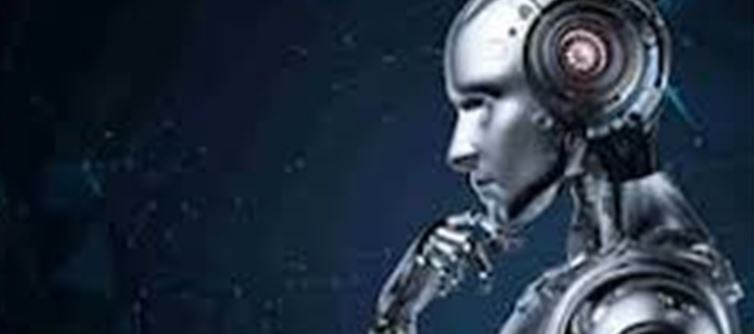
In a diverse country like India, caste has been a sensitive and complex subject. In recent years, the demand for caste-based census has intensified, which has now also been approved by the government. Now the question arises, who will benefit and who will be harmed by this? When AI was asked this, it gave a clear answer based on the data.
Who will benefit according to AI?
Actually, backward classes (OBC), scheduled castes (SC) and scheduled tribes (ST) can benefit the most from caste census. AI analysis shows that at present the government does not have the correct data of the number of these classes. Due to this their real social and economic status remains hidden. If caste census is done, then the government can provide equitable reservation and facilities in education, jobs, health and other schemes on the basis of these data. Apart from this, social workers, policy makers and researchers will also be able to understand the inequalities in the society better with the help of these data and will be able to prepare more effective solutions.
Who will be harmed according to AI?
AI estimates that caste census can harm those sections which have been exaggerating their population and influence till now. Their privileged status can be affected by the accurate data. Also, AI has also warned that if these figures are misused politically, then caste polarization and tension can increase in the society. Vote bank politics, division of voters on the basis of caste and the feeling of division in the society can deepen due to this.
The conclusion of AI is clear, caste based census can be a necessary step if its objective is social justice and balanced development. But if it is used only for political gain, then it can become a threat to the unity and brotherhood of the country.




 click and follow Indiaherald WhatsApp channel
click and follow Indiaherald WhatsApp channel